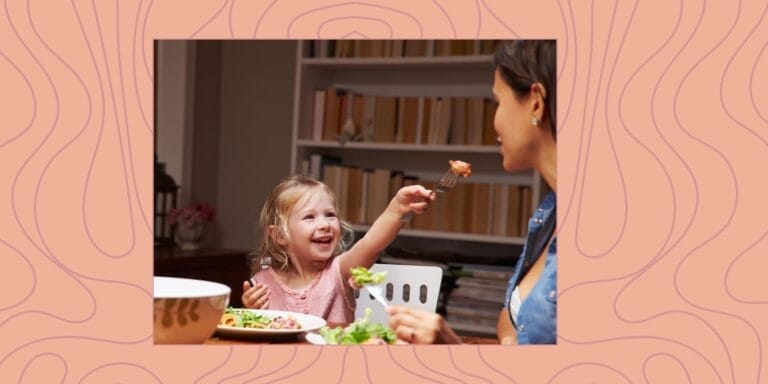‘Play first, school second:’ how to parent like a Scandinavian

What Americans can learn from the Scandinavian approach to parenting.
Table of Contents
In most places in North America parents wouldn’t dream of leaving a baby outdoors while they ducked into Starbucks for a minute, but in Scandinavian countries seeing a stroller or three outside a café is actually pretty normal—even when the snow is falling. It sounds a little chilly, but the bundled babies are actually warm, it’s just the lifestyle that’s chill.
Now, if you’re not actually in Scandinavia, leaving your baby next to a bike rack while you run in for a coffee is probably neither safe or legal, but some parts of the Scandinavian approach to parenting do translate to life on this side of the Atlantic.
Here are four to consider:
Their warm feelings about winter
The sleepy babies left outside cafés are a prime example of how Scandinavians are not scared of winter. They let their babies sleep outside all the time, and the babies seem to love it. One study out of Finland found that babies who nap out in the cold winter air stay asleep longer than those sleeping indoors.
The practice has benefits beyond preparing children for Finland’s longest season (and is common in Norway, Sweden, Denmark and Iceland, too). It seems napping out in the cold might actually prevent colds.
In her book, There’s No Such Thing as Bad Weather: A Scandinavian Mom’s Secrets for Raising Healthy, Resilient, and Confident Kids, author Linda Åkeson McGurk quotes a Swedish pediatric specialist who recommends outdoor napping, citing a Swedish study from the ’90s that found preschoolers who spent six to nine hours outside per week were sick less often than peers who were indoors more.
The nordic notion of gender neutrality
Pink and blue baby stuff is not the norm in Nordic countries. Parents there are more likely to bundle babies in yellows, browns and stuff that can be passed down to a future sibling of either gender. And the neutrality goes beyond clothing.
According to the BBC, at the Egalia pre-school in Stockholm, Sweden, kids aren’t referred to as “boys” and “girls”, they’re just “kids.” The teachers don’t use gendered pronouns, referring to the kids by their names, or using genderless terms.
As one Swedish researcher put it, at that age, “Girls and boys are more alike than different. It’s the adults’ expectations for the children that make them different.”
“Play first, school second”
Scandinavian parents are not obsessed with academic achievement in the early years, and kids don’t start formal schooling until they are 6 or 7 years old.
While kindergarten in the U.S. is basically the new first grade, kindergarten in the Nordic countries is all about play, not worksheets or reading. The idea of a child not learning to read until they are seven scares some parents in non-Nordic countries, but the research shows they catch up: By the time they are 11 years old, they’re reading at the same level as peers who started at 5.
The extra years of play time may help kids in ways that academics can’t. A recent study out of Stanford found children who started kindergarten a year later show significantly lower levels of inattention and hyperactivity, and the benefits were still measurable when they were 11 years old.
Research shows kindergarten play improves motor skills and helps kids become more engaged citizens, so maybe the Scandinavians are onto something with the late start on formal schooling.
They say “no” to spanking
Spanking is still legal in North America, but it’s been illegal in Sweden since the ’70s, and other Scandinavian countries have outlawed it in the years since. Research shows that spanking makes a child’s behavior worse in the long run, so perhaps we should follow the Swedes’ lead and find more productive ways to deal with discipline.


































